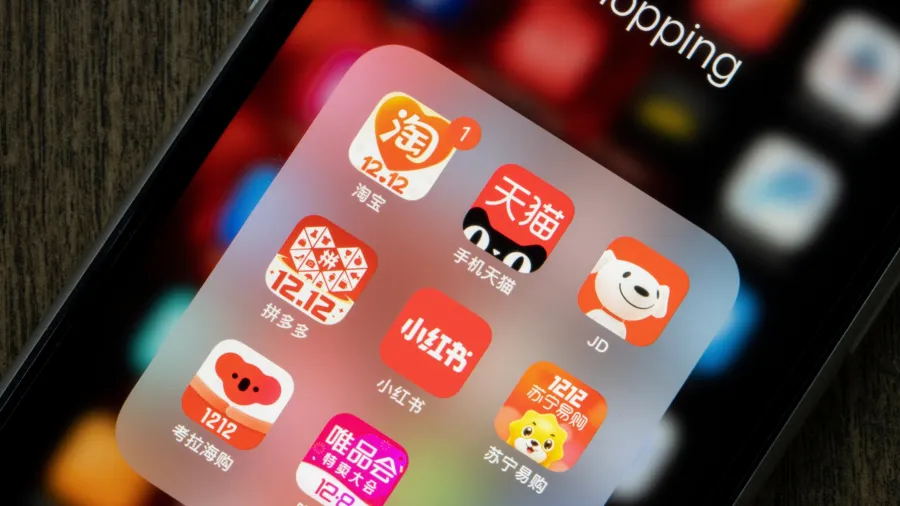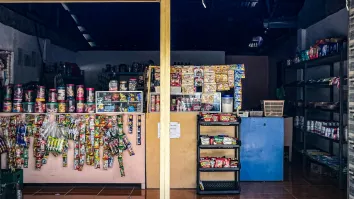
Xiaohongshu, Taobao could help Singapore brands reach more Chinese clients
Retailers less familiar with the China market could start with Tmall and JD Worldwide.
Singapore brands should use digital platforms like Xiaohongshu, Tmall Global, and JD Worldwide if they want to reach more Chinese consumers beyond tourists, analysts said.
Tmall Global, Taobao and JD Worldwide sell products directly to Chinese consumers, while Xiaohongshu and REDnote are ideal for brands that focus on lifestyle, beauty, and fashion, Carmen Zhu, consulting director at Frost & Sullivan, told Retail Asia.
Diana Shao, category director for China Reports at London-based market research firm Mintel Group Ltd., said Tmall and JD Worldwide are a good starting place for brands and retailers less familiar with Chinese consumers.
Shao said Xiaohongshu could help brands reach young consumers who choose “trendy retail brands.” “A lot of young people use Xiaohongshu to find shopping inspirations and mostly to share their lifestyles," she told Retail Asia.
About a third of consumers in China use Tmall and JD daily, whilst 66% buy stuff on these platforms at least once a week, according to Mintel. It also said 27% of Chinese consumers access Xiaohongshu daily, and 34% make purchases on the app once a week.
But selling on these apps is not enough; brands should also come up with marketing strategies such as short-form videos to attract more buyers.
In China, Douyin, TikTok's local counterpart, and Kuaishou dominate short-form videos. Six in 10 consumers use these platforms daily, and 33% make weekly purchases, Mintel said.
“Douyin provides an excellent platform for short video marketing and livestream e-commerce,” Zhu said.
David Zhang, insights manager at Euromonitor International, said Singapore retailers are turning to platforms like Douyin, Xiaohongshu, and Kuaishou to connect with Chinese consumers. Scarlett Supermarket is on Xiaohongshu whilst OSIM is on Douyin.
Shao said brands should partner with internet influencers and tap livestreams to boost brand visibility and credibility on these platforms.
Meanwhile, brands could reach a more mature audience on WeChat, Shao said, adding that they could open an account where they could push information daily and use WeChat mini-programmes to do marketing.
WeChat also has an integrated mobile payment platform called WeChatPay which, together with Alipay, ranks as the top payment method for Chinese consumers, Frost & Sullivan Consulting Analyst, Frankie Tan, said, urging retailers to offer these options to appeal to the market.
“This applies not only to online sales but also to physical stores to enhance shopping convenience for Chinese tourists,” Tan added.
Apart from digital wallets like WeChat and Alipay, Zhang said retailers could also team up with financial institutions such as UnionPay, Industrial and Commercial Bank of China Ltd. (ICBC), and Bank of China.
Retailers with their own online channels, whether an app or a website, should partner with Ant Group’s AliPay, Tencent’s TenPay, and UnionPay to let Chinese consumers use their preferred payment methods, he said. They should likewise team up with logistics firms like SF Express to support cross-border e-commerce.
Offline, retailers could use pop-up stores to boost brand awareness in China without the expense of a permanent setup, Shao said.
“Retailers can create a buzz through pop-up stores or offline events that are designed to generate interest and engagement on social media,” Zhu said.
Chinese consumers are drawn to pop-up stores along popular streets or near landmark buildings (51%), those that offer exclusive products (46%), and free samples or gifts (45%), according to Mintel.
Zhang said retailers with a bigger budget could target store openings in Tier 1 cities in China such as Chengdu. Singaporean fashion brand Charles & Keith’s inaugural flagship store in China is in Chengdu’s MixC Shopping Mall.
With the rise in domestic travel, Shao suggested partnering with local tourism bureaus, while Zhu cited the need to combine offline and online strategies to “diversify their customer base beyond tourists.”



















 Advertise
Advertise





